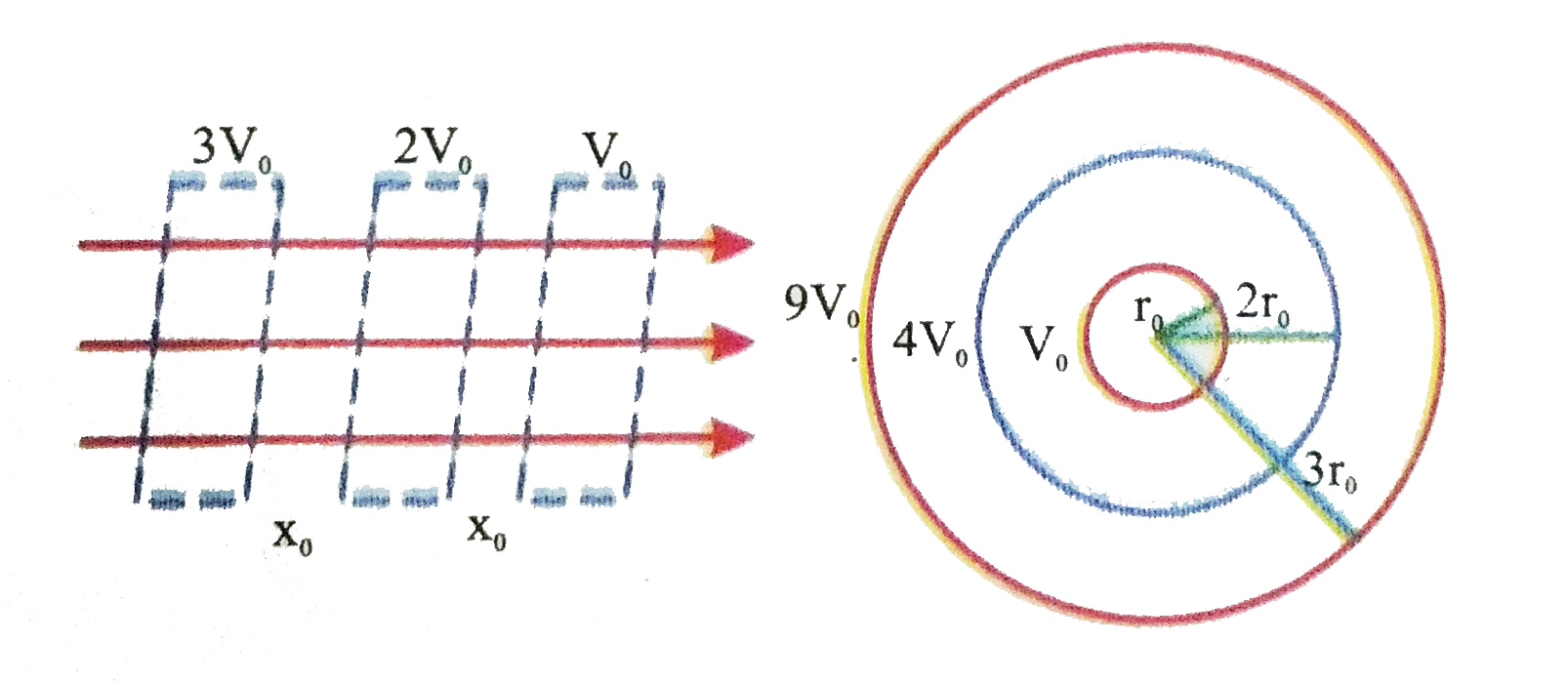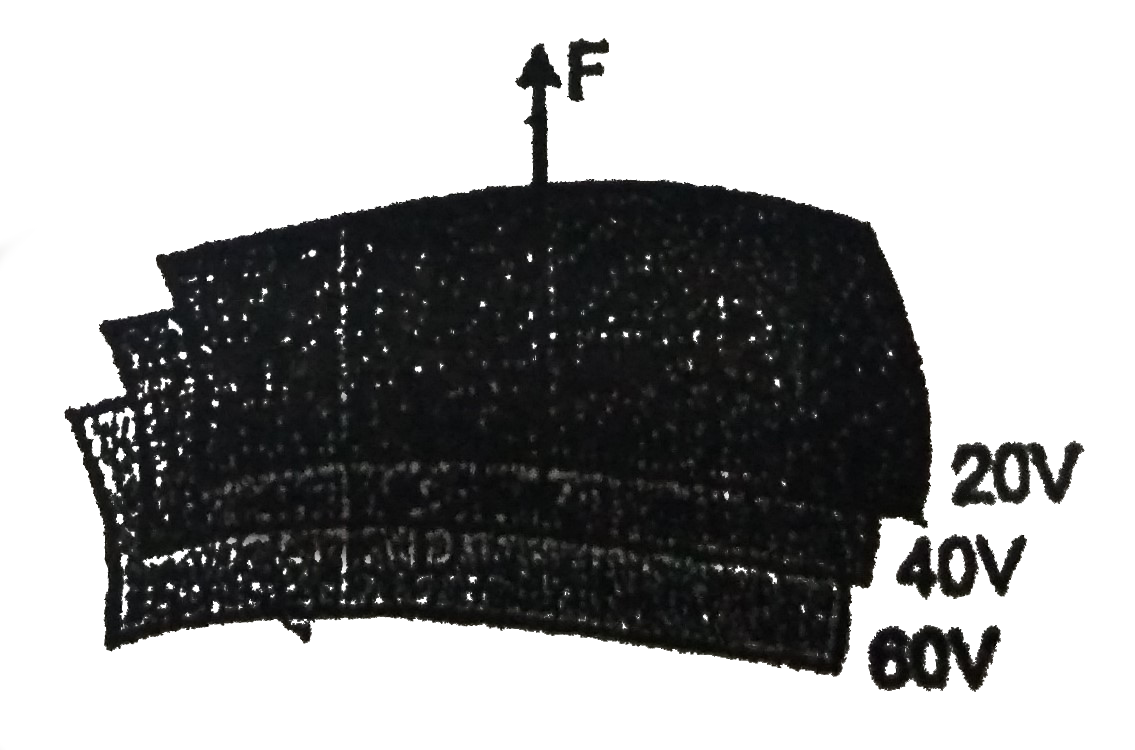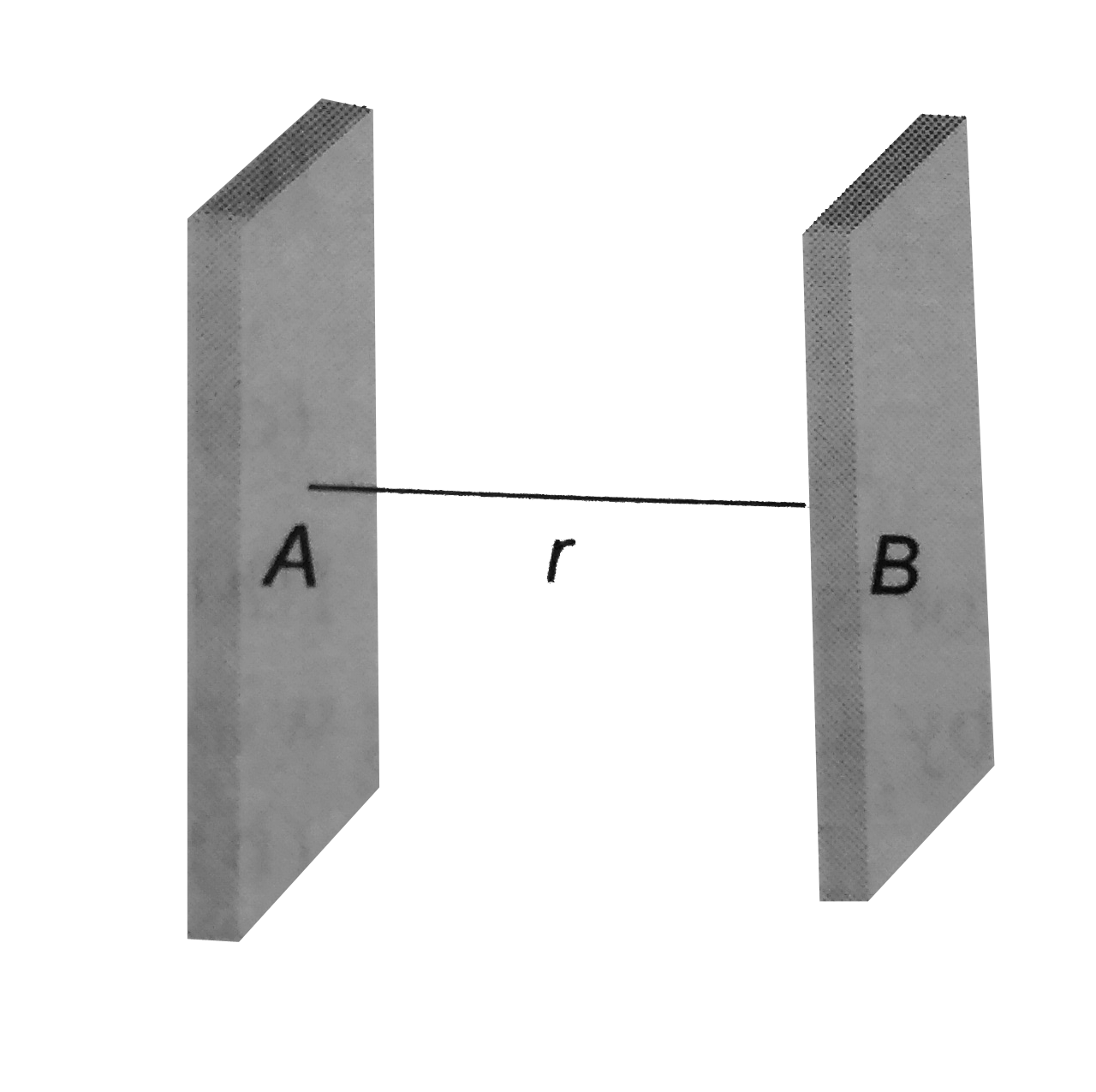Some equipotential surfaces are shown in figure .The electric filed strength is

A
100V/m along x-axis
B
100v/m along y-axis
C
400V/m at an angle 120∘ with x-axis
D
400√3V/m an angle 120∘ with x-axis
Video Solution
Text Solution
The correct Answer is:3
ΔV=−∫→E.→dr
|
Topper's Solved these Questions
- ELECTROSTATICS AND GAUSS LAWBook:NARAYNAChapter:ELECTROSTATICS AND GAUSS LAWExercise:Level 1
Explore 8 Videos
- ELECTROSTATICS AND GAUSS LAWBook:NARAYNAChapter:ELECTROSTATICS AND GAUSS LAWExercise:Level 2
Explore 10 Videos
- ELECTROSTATICS AND GAUSS LAWBook:NARAYNAChapter:ELECTROSTATICS AND GAUSS LAWExercise:Level II(C.W)
Explore 27 Videos
- ELECTROSTATIC POTENTIAL AND CAPACITANCEBook:NARAYNAChapter:ELECTROSTATIC POTENTIAL AND CAPACITANCEExercise:ADDITIONAL PROBLEMS
Explore 14 Videos
- EXPERIMENTAL PHYSICSBook:NARAYNAChapter:EXPERIMENTAL PHYSICSExercise:Comprehension type
Explore 6 Videos
Similar Questions
Knowledge Check
Eluipotential surfcaces are shown in figure. Then the electric field strength will be
 A100Vm−1 along X-axisB100Vm−1 along Y-axisC200Vm−1 at an angle 120∘ with X-axisD50Vm−1 at an angle 120∘ with X-axis
A100Vm−1 along X-axisB100Vm−1 along Y-axisC200Vm−1 at an angle 120∘ with X-axisD50Vm−1 at an angle 120∘ with X-axisA few spherical equipotential surfaces are shown in the figure. The electric field at any point, at a distance x from the centre, is
 A6x2 perpendicular to the plane of paperB600x2 perpendicular to the plane of paperC6x2 radiallyD600x2 radially
A6x2 perpendicular to the plane of paperB600x2 perpendicular to the plane of paperC6x2 radiallyD600x2 radiallyEquipotential sufaces are shown in figure a and b the field in
 Aa is uniform onlyBb is uniform onlyCa and b is uniformDboth are nonuniform
Aa is uniform onlyBb is uniform onlyCa and b is uniformDboth are nonuniform
Equipotential Surfaces and Dipole
View SolutionSome equipotential surfaces are shown in figure. What can you say about the magnitude and the direction of the electric field ?

View SolutionSome equipotential surfaces are shown in figure . The magnitude and direction of electric field is

View SolutionA family of equipotential surface are shown. The direction of the electric field at point A is along-

View SolutionThere are two equipotential surafce as shown in figure. The distance between them is r. The charged of −q coulomb is taken from the surface A to B, the resultant work done will be

View Solution



